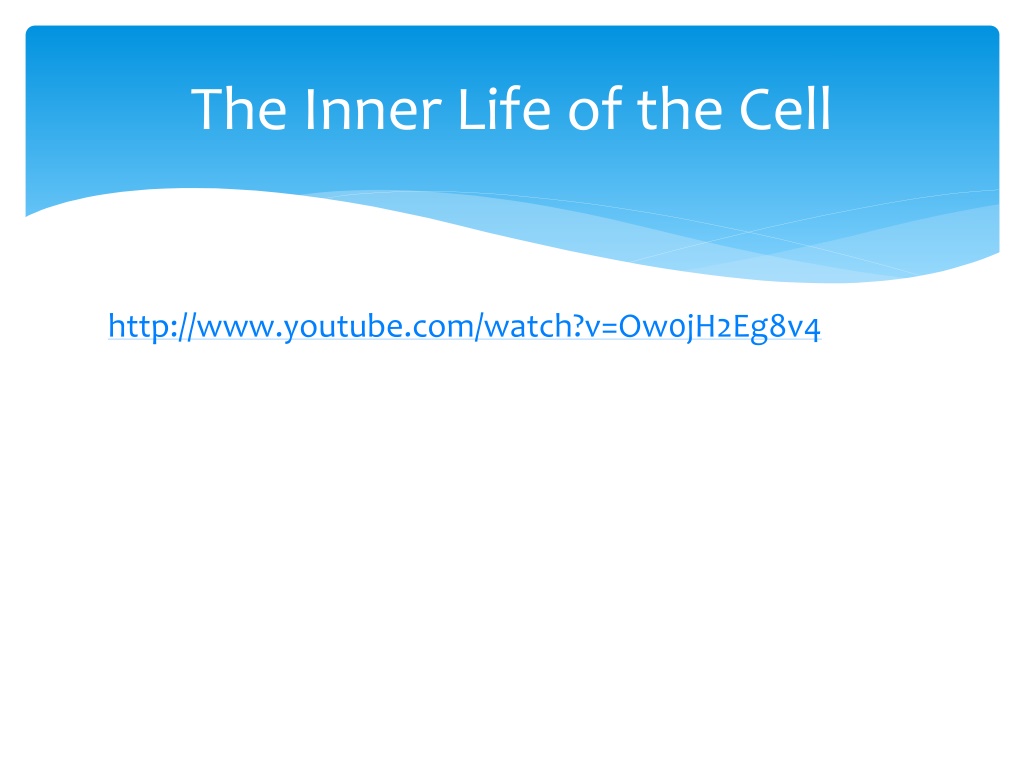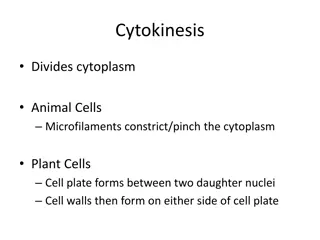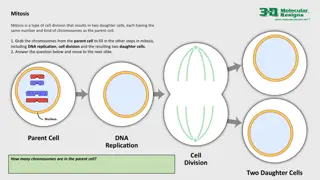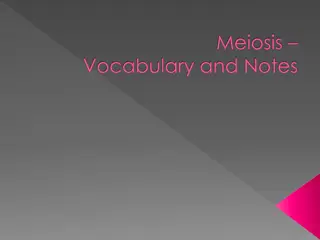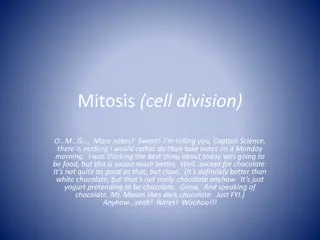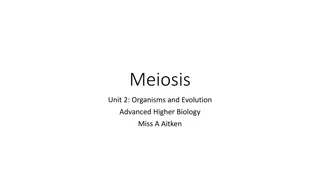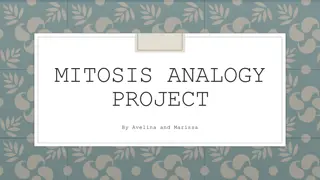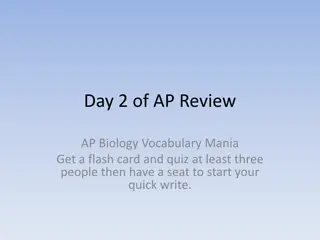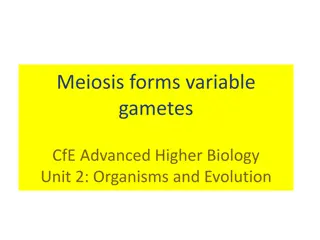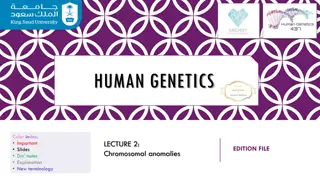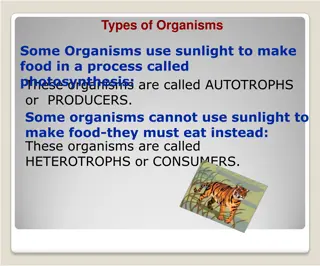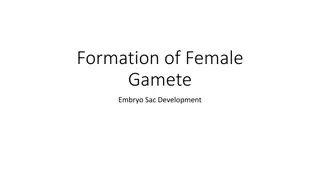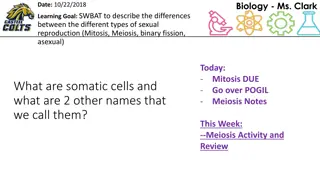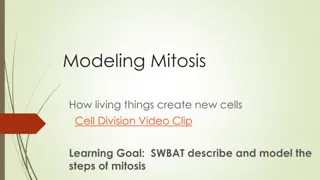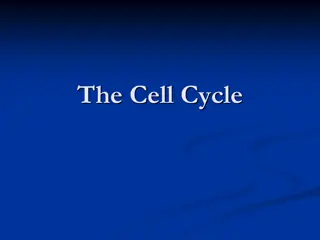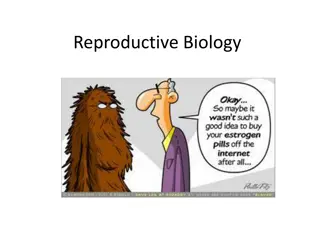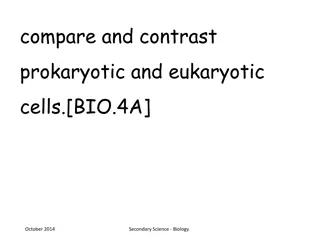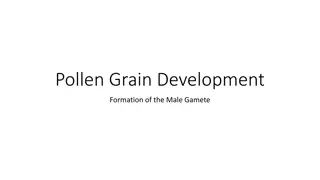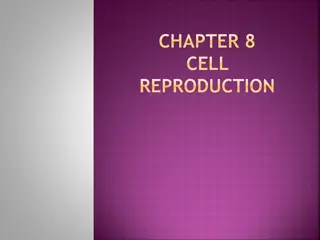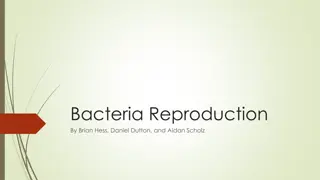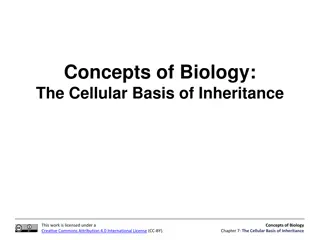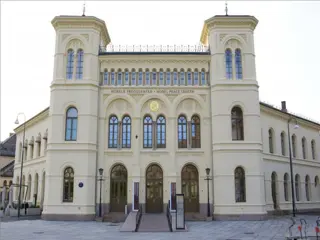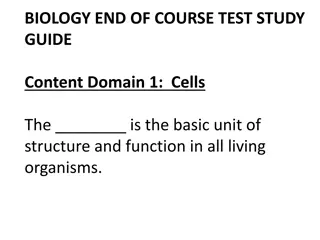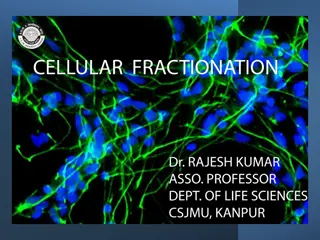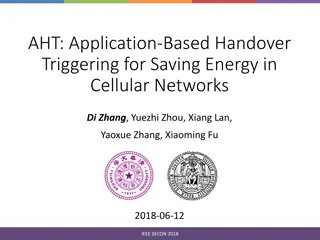A Comprehensive Comparison of Mitosis, Meiosis, and Cellular Processes in Cells
Explore the intricate processes of mitosis and meiosis, delving into how cells divide and reproduce, as well as the vital functions of cellular respiration and photosynthesis. Learn about DNA, chromosomes, and the phases of mitosis. Discover the key differences between mitosis and meiosis in cell division and reproduction.
Download Presentation

Please find below an Image/Link to download the presentation.
The content on the website is provided AS IS for your information and personal use only. It may not be sold, licensed, or shared on other websites without obtaining consent from the author. Download presentation by click this link. If you encounter any issues during the download, it is possible that the publisher has removed the file from their server.
E N D
Presentation Transcript
The Inner Life of the Cell http://www.youtube.com/watch?v=Ow0jH2Eg8v4
The Inner Life of the Cell http://www.youtube.com/user/sfgregs#p/u/12/Q6ucKWII Fmg
Mitosis versus Meiosis & Cellular Respiration versus Photosynthesis Science PSSA Biology Review Dr. King
Mitosis versus Meiosis Mitosis: The process of creating new cells from pre- existing ones. Replaces dead cells, supports growth and maturation, heals injuries. Meiosis: The process of creating the sex cells (i.e. sperm and egg cells). To produce sperm and egg cells to be used in sexual reproduction.
Mitosis versus Meiosis DNA: A polymer made up of nucleotides. The substance in cells that contain the information for life. Chromosomes: The structures found in the nucleus in which specific sections of DNA for complexes with protein. Humans have 46 chromosomes; 23 from Mom and 23 from Dad.
Mitosis versus Meiosis http://www.pbs.org/wgbh/nova/miracle/divi_flash.html
Mitosis versus Meiosis Phases of Mitosis 1 -2 Interphase 3 4 Prophase 5 7 Metaphase 8 9 Anaphase 10 Telophase
Mitosis versus Meiosis One cell going through the process of mitosis produces two cells identical to the parent cell (e.g. if the parent cell had 23 pairs of chromosomes, the two daughter cells also have 23 pairs of chromosomes). One cell going through the process of meiosis produces four cells, each with half the number of chromosomes as the parent cell. Meiosis is first a modified mitosis followed by a normal mitosis.
Cellular Respiration Versus Photosynthesis
Cellular Respiration versus Photosynthesis Cellular respiration is the process in which sugars and other macromolecules are used to created high energy molecule ATP. Photosynthesis is the process in which the energy of the sun is transformed into the energy-storage molecule, glucose.
Cellular Respiration versus Photosynthesis Photosynthesis and respiration are reversible chemical reactions, meaning that the products of one process are the exact reactants for the opposite process. This is the cellular respiration equation. Glucose (C6H12O6) + Oxygen (O2) ----------> CO2+ H2O + 36ATP This is the photosynthesis equation. CO2(Carbon Dioxide) + H2O (Water) + Light Energy ----> C6H12O6+ O2
Cellular Respiration versus Photosynthesis 1. Photosynthesis is a process wherein plants utilize sunlight to make food. Cellular respiration is a process that converts this food into energy which is used by plants and other living organisms. 2. Photosynthesis takes place inside the chloroplasts, organelles inside the plant cells that contain chlorophyll. Cellular respiration takes place inside the mitochondria, organelles capable of breaking down glucose.
Cellular Respiration versus Photosynthesis 3. Photosynthesis occurs in plants and some bacteria. Cellular respiration occurs in all living organisms.
Cellular Respiration versus Photosynthesis 4. Photosynthesis requires energy (sunlight) to produce glucose. Cellular respiration uses this glucose to create high energy, ATP. 5. Photosynthesis takes carbon dioxide, water and sunlight from the atmosphere to create glucose and releases oxygen back into the air. Cellular respiration combines glucose with oxygen, releases the energy as ATP and carbon dioxide and water as byproducts.
Photosynthesis Light-Dependent Reaction: Sunlight interacts with chlorophyll to create the high energy molecules ATP and NADPH The molecules are then transported to the next set of reactions, the light-independent reactions.
Photosynthesis Light-Independent Reactions: The energy molecules ATP and NADPH provide energy to transform carbon dioxide into glucose (a molecule that stores energy in its chemical bonds), the end products of photosynthesis.
Cellular Respiration Cellular respiration uses the glucose made in photosynthesis or the macromolecules obtained in food to create the high energy molecule ATP. Occurs in the presence of oxygen.
Cellular Respiration In the absence of oxygen, organisms make ATP through fermentation. Alcohol fermentation Performed by fungus and bacteria Glucose is broken down into ethanol and carbon dioxide creating ATP. Process is used to make bread, cheese , beer, wine
Cellular Respiration Lactic acid fermentation Performed by the muscles of animals. Glucose is broken down into lactic acid with the creation of ATP. Happens when muscles are exhausted during exercise and can not get enough oxygen from the blood stream (muscles cramps, Charlie horses).
Cellular Respiration versus Photosynthesis Once again, notice that the substrates and products from respiration equals the products and substrates of photosynthesis. This clearly demonstrates the balance of life on earth and their interdependence of all life on other organisms. This is the cellular respiration equation. Glucose (C6H12O6) + Oxygen (O2) ----------> CO2+ H2O + 36ATP This is the photosynthesis equation. CO2(Carbon Dioxide) + H2O (Water) + Light Energy ----> C6H12O6+ O2
The Inner Life of the Cell http://www.youtube.com/watch?v=YEzRz1jmqNA
